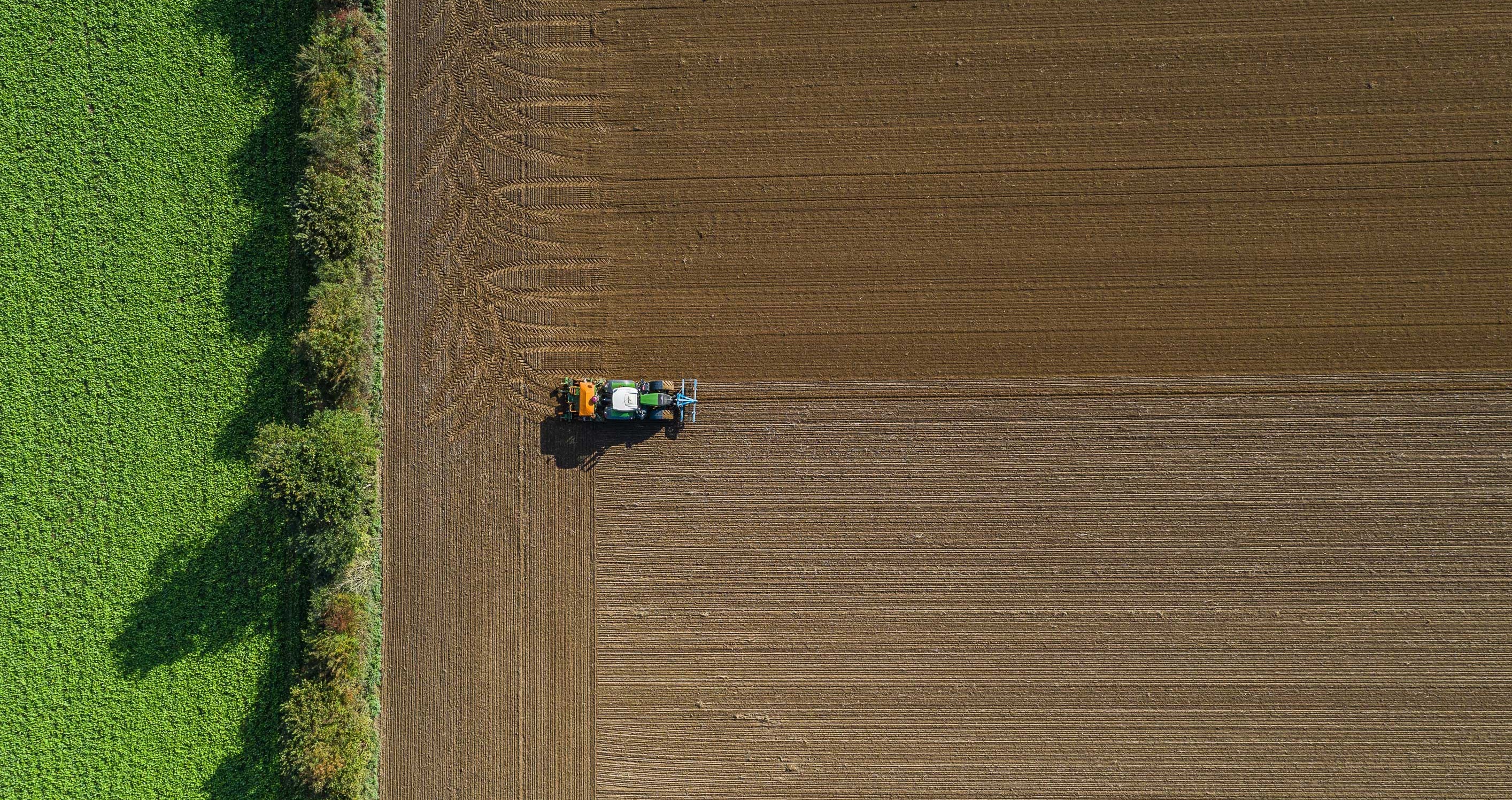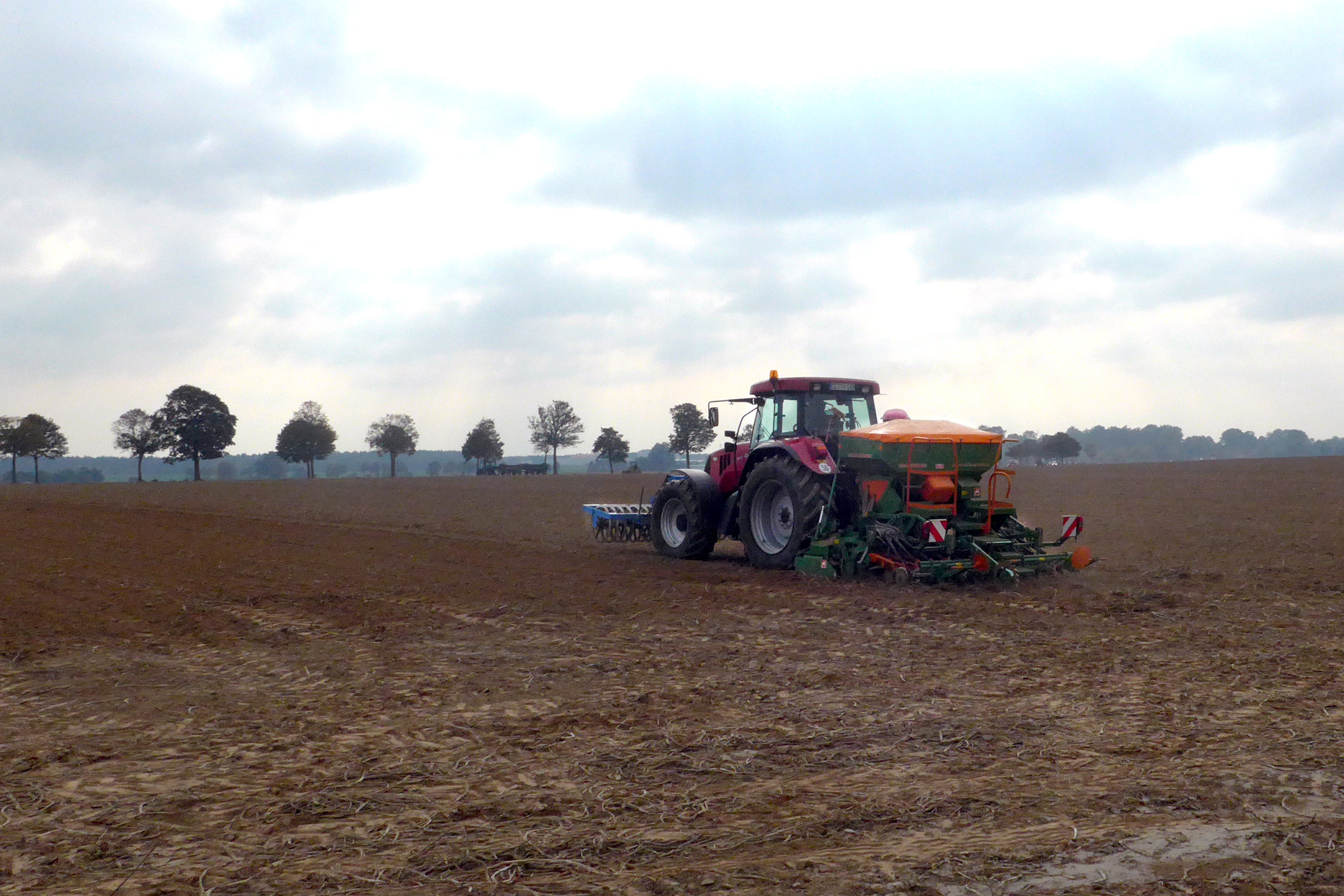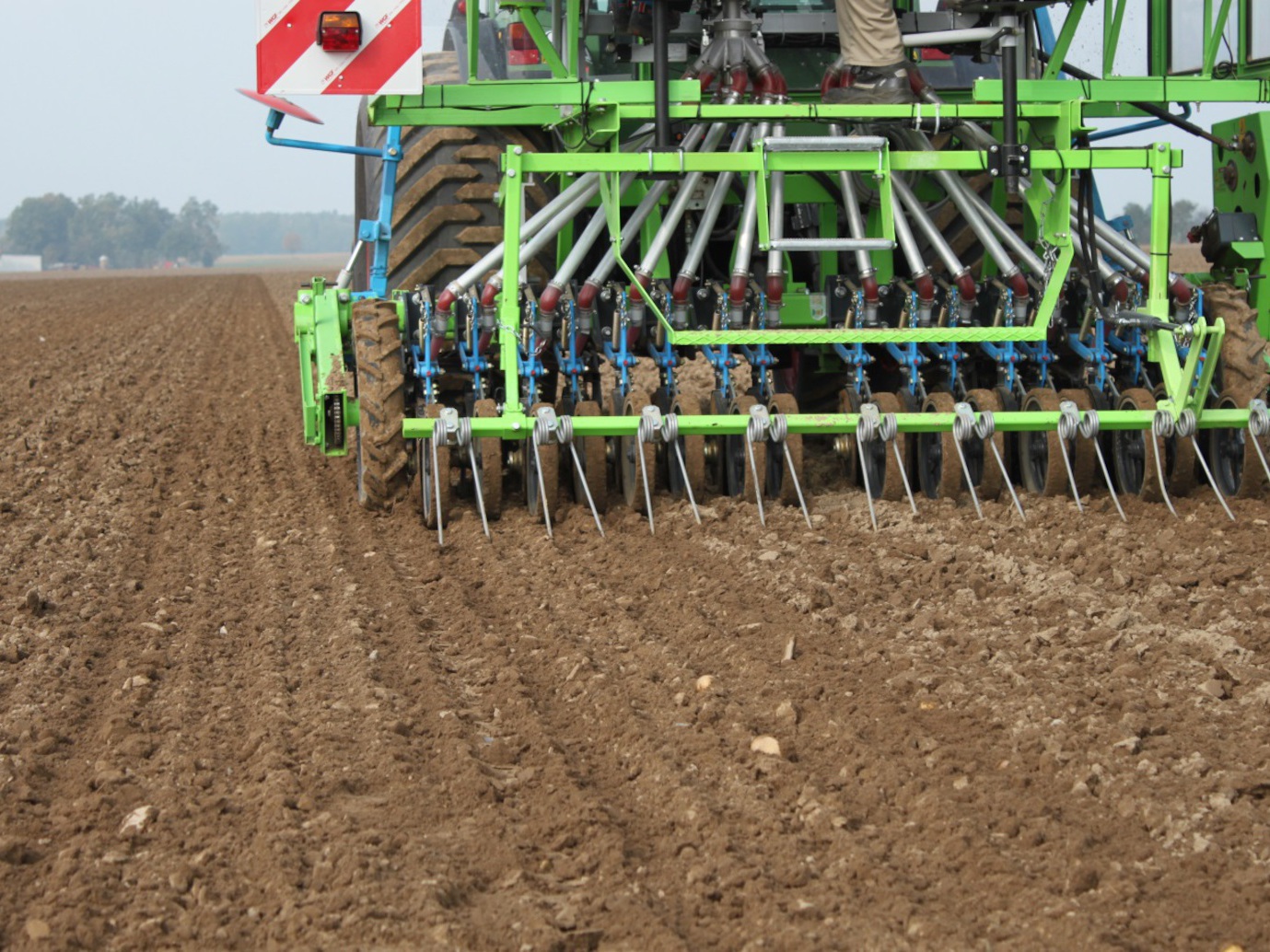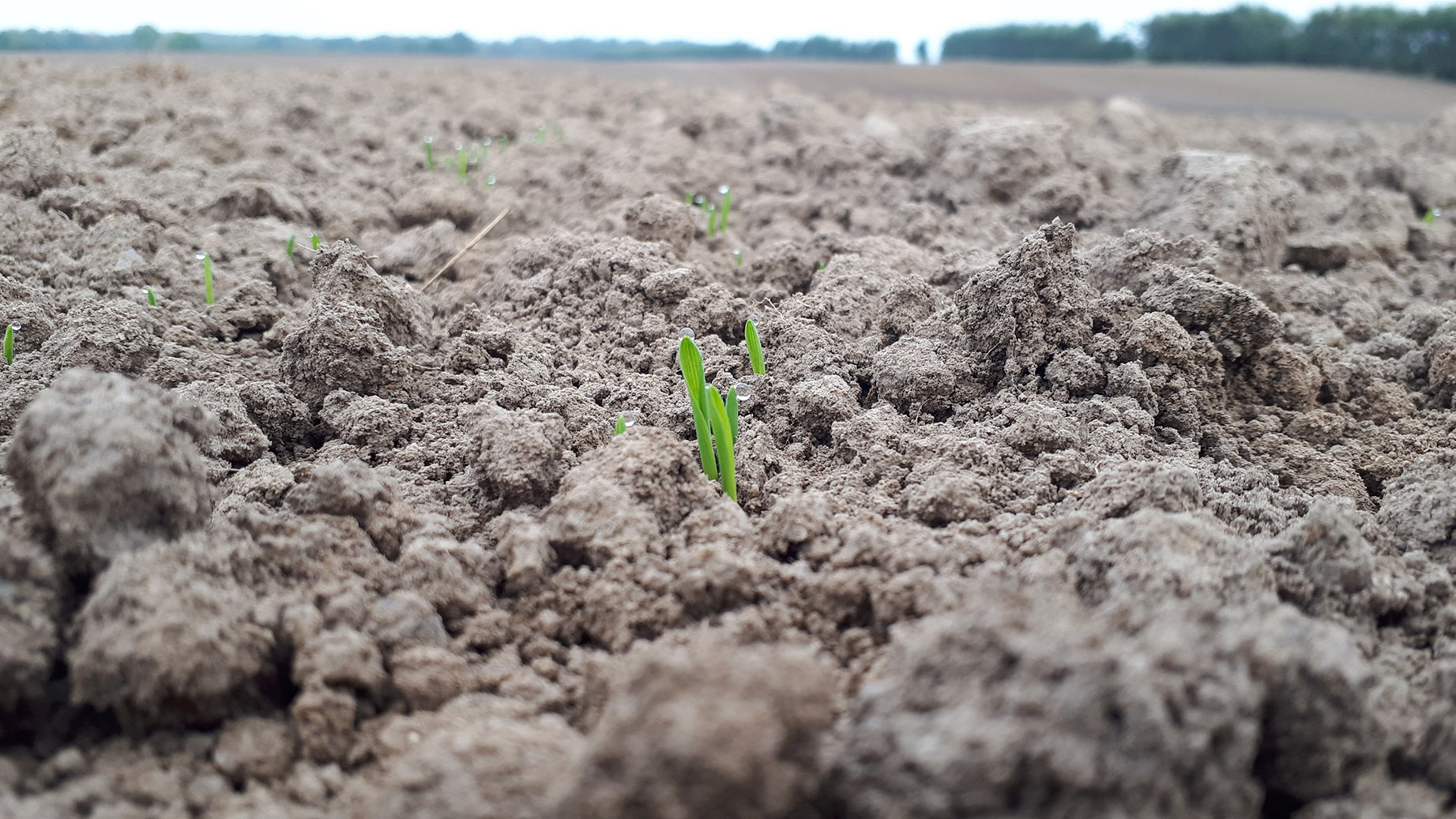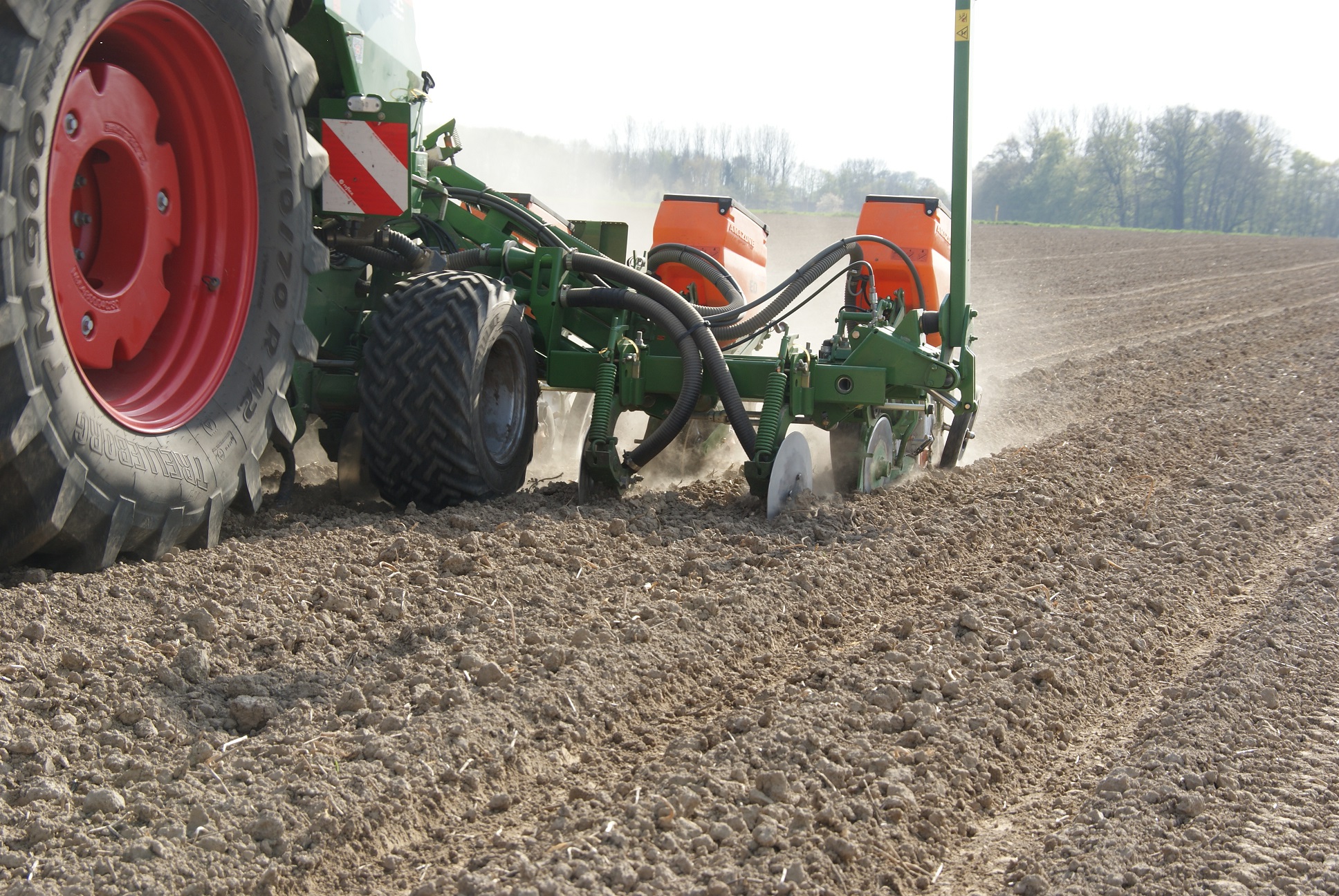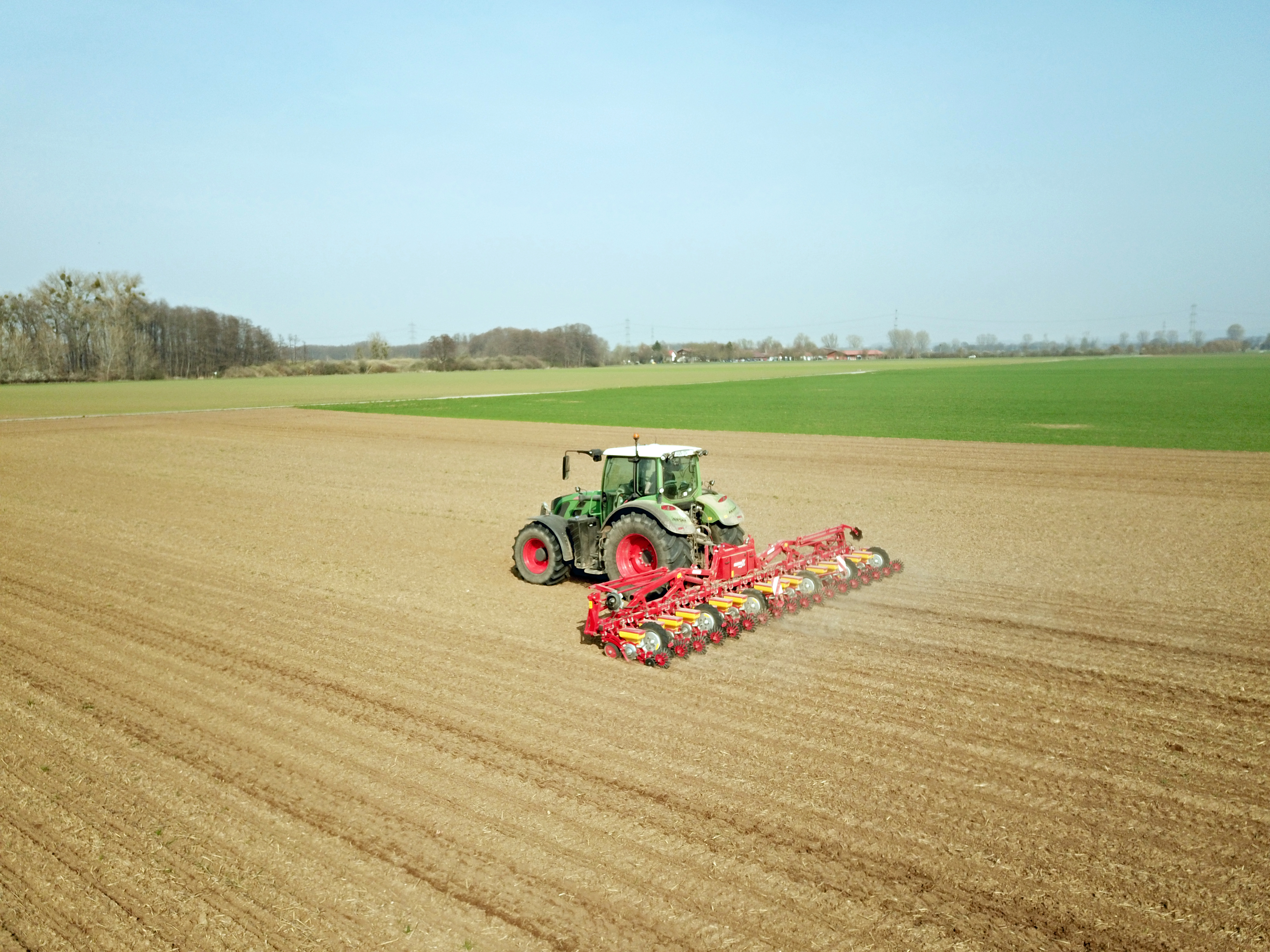Sowing in agriculture - helpful information on sowing methods, sowing times, seed rates and an sowing depth
Together, we sowing the future. Benefit from our years of experience in sowing in agriculture. We have gathered the most important information for sowing wheat, barley, hybrid rye, corn and sugar beet for you. We explain how you optimally align seeds, seed date and seed rates.
What is sowing?
When sowing - often called seeding or planting - many aspects must be taken into account and adapted to one another: Seeds, sowing depth, seed rates, sowing time - only if all this perfectly fits together, maximum yields are possible. A perfect sowing brings the right seed into the soil at the right moment.
About 80% of the harvest results are attributable to the selection of the seed. You can fine-tune this with agronomy and fertilization, but basically the potential of your harvest is tied up by the seed you sowing.
What are the different sowing methods?
Over time, agriculture has developed a variety of different methods for sowing. Some of these differ greatly in the approach.
Farmers often call sowing drilling. Drilling is called the planting of the seed at regular intervals in several rows. In the process, grooves are pulled into the seed bed, into which seed is placed. After that, the grooves are easily covered with soil and pressed slightly. Often sowing is carried out in conjunction with nitrogen fertilization.
In broadcasting, the oldest and most widespread method, the seed is spread on the ground. The seeds can then be covered with soil or not. Sowing can be carried out manually or with a designated machine.
In the so-called dibbling, the seed is placed in previously prepared holes or pits. These holes all have the same distance from each other. Advantages of dibbling are the lower need for seed and uniform germination.
Why is soil preparation important?
Sowing usually precedes the soil preparation - also called tillage. Tillage is designed to ensure that sown plants can absorb enough nutrients and develop well. Soil preparation is the most important step before sowing. This is where the foundation for high yields is laid.
Especially legal framework conditions and the absence of crop protection products have once again massively increased the importance of tillage. The methods by which the soil can be prepared for sowing are diverse and must be adapted to the site conditions and the crop to be sowing.
Tillage should be carried out whenever possible in dry conditions. Processed in wet condition, the soil compacts through the use of heavy machinery and thus potentially reduces yield potential.
Tillage consists of three main steps: stubble cultivation, basic soil cultivation and seedbed preparation. Use KWS' expertise in tillage and learn how to minimize risks from erroneous tillage.
What is the right sowing date?
Finding the right time for sowing is one of the biggest challenges in applying the seed. KWS supports farmers with suitable varieties for different sowing dates - from early sowing to late sowing.
Most varieties show their best performance when sown in a defined timeframe. There are slow developers who are better suited to early sowing, and there are grassy varieties that are better sown later.
Most crops are one-year plants, so they are harvested after growing up and do not expend for a second time. Sowing is therefore held annually. The farmer distinguishes in spring cereals and winter cereals. Spring cereals are sown in the spring and harvested again in the summer. Typical varieties are oats or corn.
On the other hand, winter cereals are sown in the fall and harvested the following summer. Winter cereal varieties are more productive due to the longer growth phase. They thrive especially well only through contact with cold.
Compared to just a few years ago, many modern varieties are particularly suitable for later sowing and significantly reduce the risk of disease. Early seed drills increase the risk of additional disease pressure.
What is seed rate and how to calculate it?
Before sowing, the right number of plants should be determined. Only in this way enough ears can be produced until harvest time. Sowing too little seed can reduce the planting performance, i.e. the ability to produce multiple seed heads from one seed. When too many seeds are sown, there is too much competition between the plants and this leads to a harvest of weak plants with too small ears in the cereal.
The sowing intensity and stock density are determined by counting the stored grains or accumulated plants. The sowing intensity should already be checked during sowing in order to be able to correct errors immediately. The seeding intensity should be adapted to the seed date for this. Early sowing should be sown with lower, late sowing with higher sowing intensity.
In practice, it is not uncommon for only 60-70% of the seeds to germinate. In addition to the germination percentage, the seed's thousand grain weight (TGW) should also be known to calculate how many seeds (in kg/ha) are needed. The measure is expressed in grams and varies according to seed size.
KWS supports farmers with the right tool so that you too can find the right sowing intensity for your crop and area: Calculate quickly and uncomplicated your sowing intensity and the required amount of seed. So you immediately know how many units or kilograms of seed you need to order your area. Few details are enough to find out the right seed rate.
